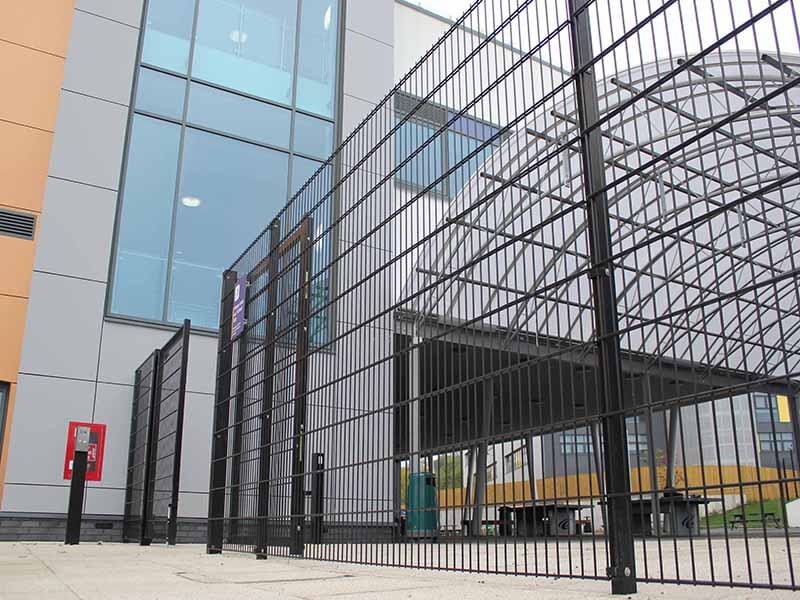Our other sites:
School fencing and gates are significant in keeping staff and students safe and secure. In addition to keeping unwanted intruders out of the school grounds, schools need to control when and how students can leave a school site. This is particularly important in higher-risk areas such as those on busy or main roads, rural areas, and inner-city schools.
Potential Risks
Risks will vary depending on factors such as location, size of the site and opening times. Schools in high-risk areas are often a prime target for vandalism and anti-social behaviour. Intruders will always look to take the fastest and least resisting line to get beyond a boundary and onto a site, so adequate perimeter security is vital when choosing a school’s fencing and gates. Other potential risks include dog fouling, intrusion, break-ins, and car damage in school car parks.
Requirements and recommendations
To deter unwanted intruders, fencing and gates should be at least 2m high in a design certified to LPS 1175 A1 (SR1).
For critical assets and applications requiring higher security, fencing and gates certified to LPS 1175 B3 (SR2) should be considered. B3 offers increased resistance and protection against attacks compared to A1 while maintaining a welcoming aesthetic for students and staff.
All gates installed within a higher-security fencing system must be certified to the same rating as the adjoining fencing, of the same height, and of a similar style. Additionally, it should not be possible to lift a gate from its hinges or pass under it.
If the gate forms part of an emergency escape route, the release mechanism will need to be keyless and protected to prevent the operation from the outside of the gate. Any playground fencing and gates must meet regulations, including the BS EN 1176 standard, and pass a RoSPA inspection.
Steel bollards should be considered for inner-city schools at risk of vehicular-borne attacks. At Jacksons, there is the option for fixed and rising bollards, as well as PAS 68 rated for high-security applications.
For a complete security strategy, fencing and gates should be used as part of a multi-layered security approach, which may include CCTV and card swipe systems.
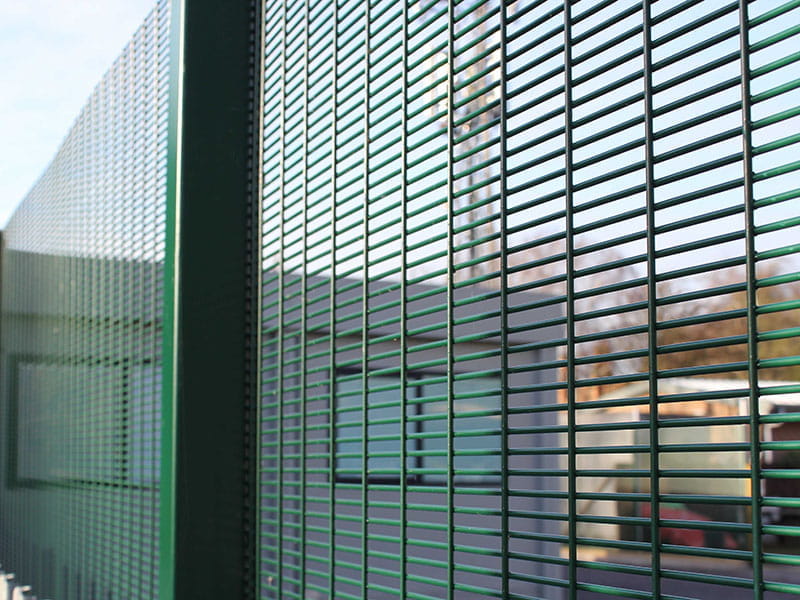
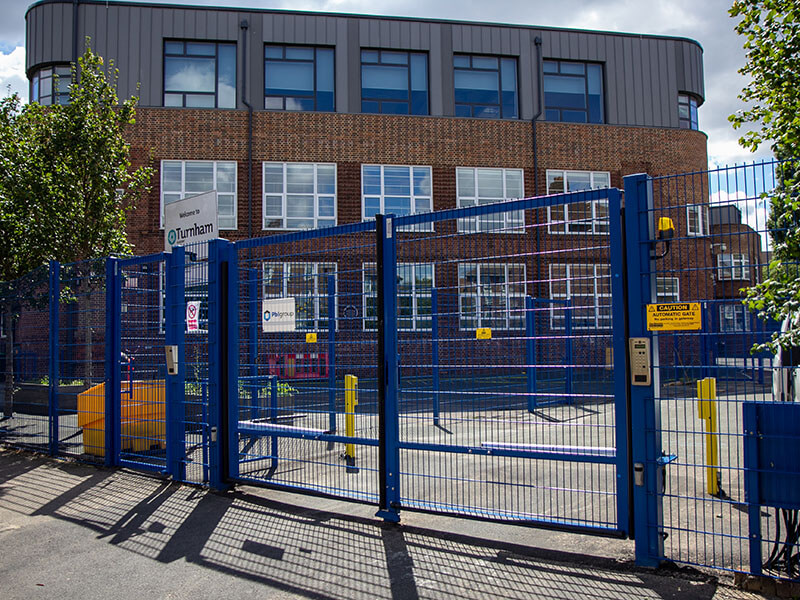
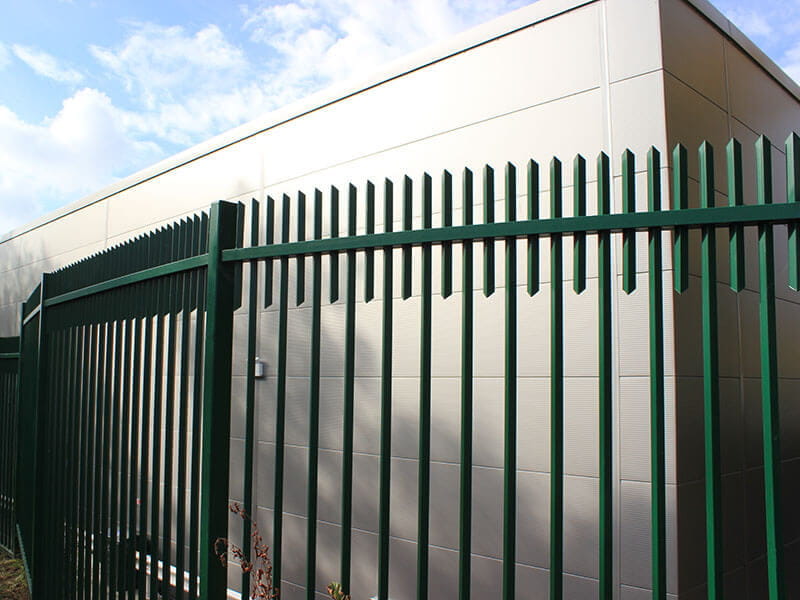
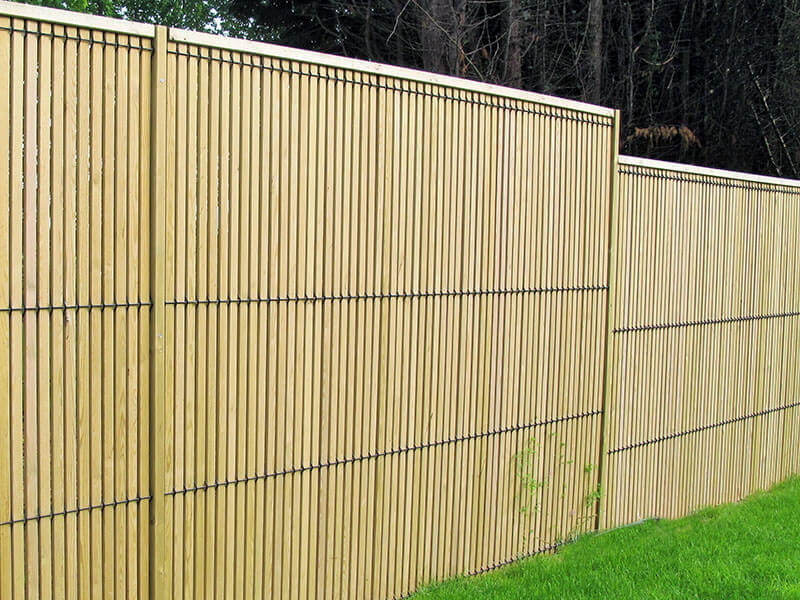
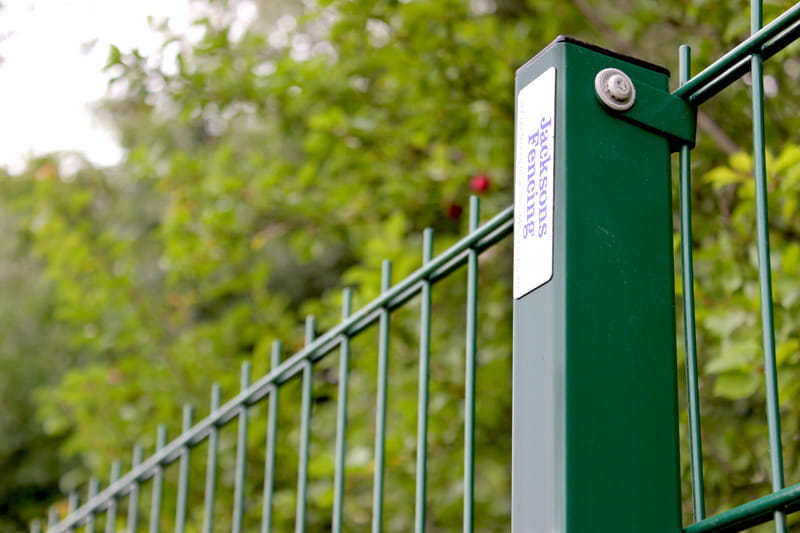
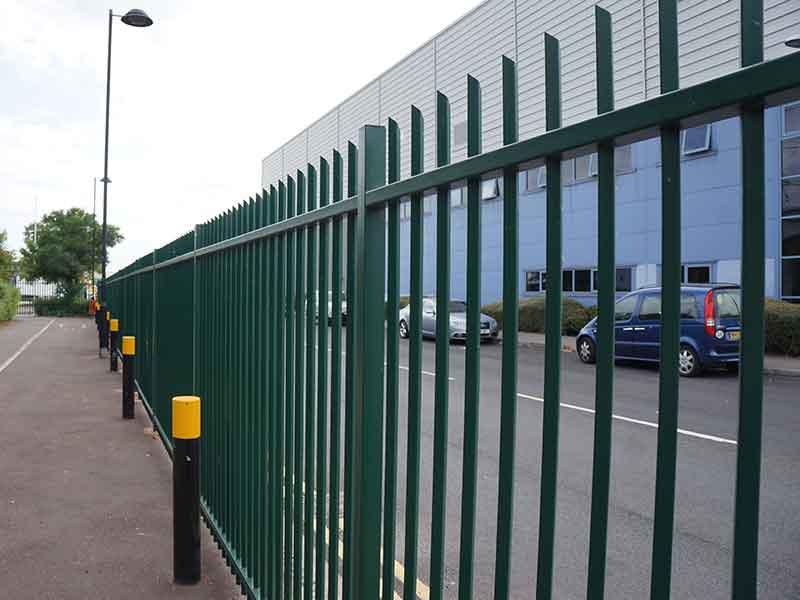
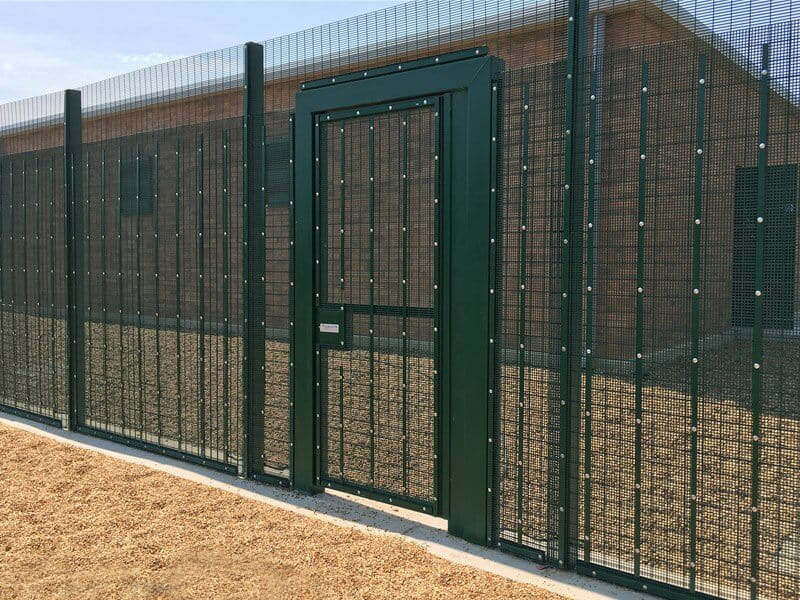
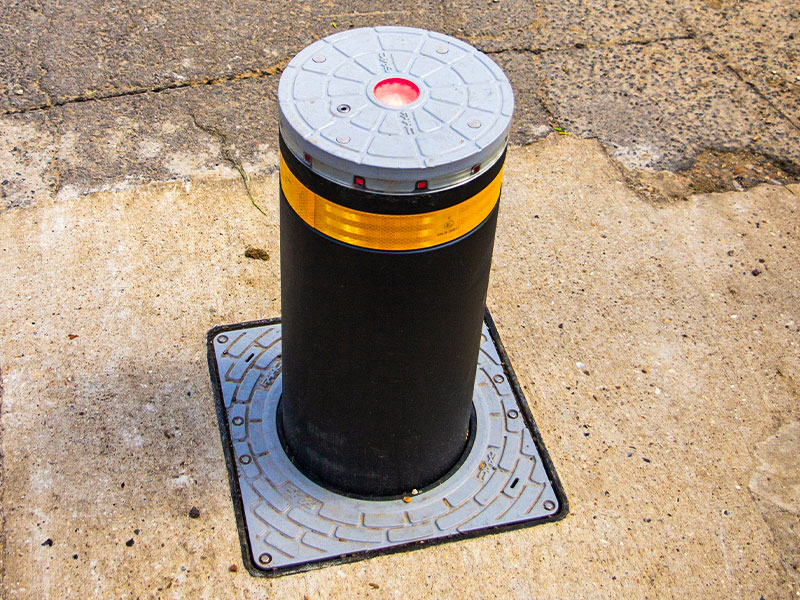
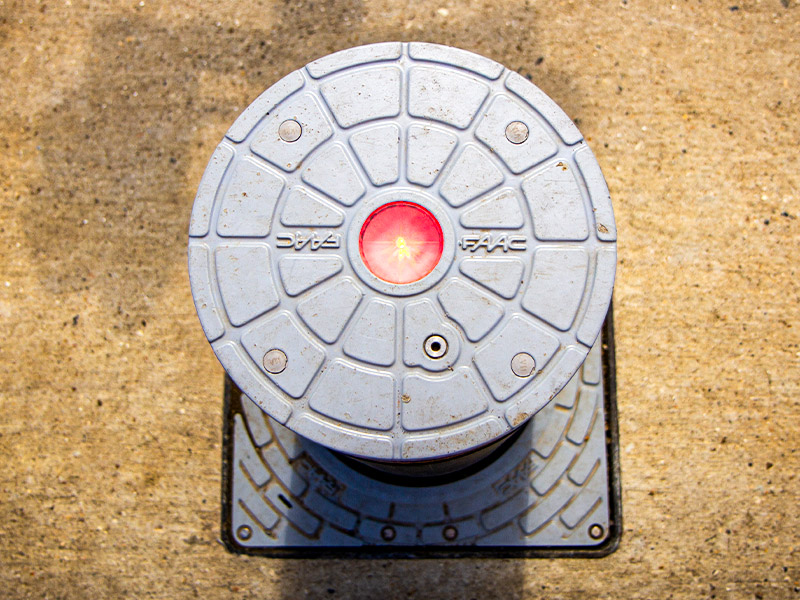
What to avoid
1. Aggressive Appearance
Aggressive security measures should be avoided as this can create the perception that the premises are at risk, leading to increased crime. Additionally, a school that looks like a prison will give students, visitors and staff an unwelcoming feel.
2. Incorrect Fencing Type
While popular in rural areas and village schools, fencing similar to Cleft Chestnut should be avoided as a form of perimeter security as it offers little resistance to intruders.
3. Full and Complete Boundary Solution
Bushes, trees, and foliage should not be used in lieu of a fence and should only supplement perimeter security or distort lines of sight into school premises from the outside.
4. Correct Security Fencing Level
Chain link and steel palisade fencing can be easily penetrated using basic tools and do not constitute an effective barrier for high-risk areas.
request a Quote
Are you working on a school or playground project that requires fencing and gates? We have a wide range of welded mesh panels, vertical bar railings, sports fencing, and anti-trap, RoSPA approved playground safe solutions. Browse our product range or request a free, no obligation quote here.
School Security FencingRelated
We provide security fencing solutions for a wide range of educational establishments, from nurseries to universities. We have several pages focusing on areas of interest.
If you need help please contact our knowledgeable sales team.

School Fencing Guide
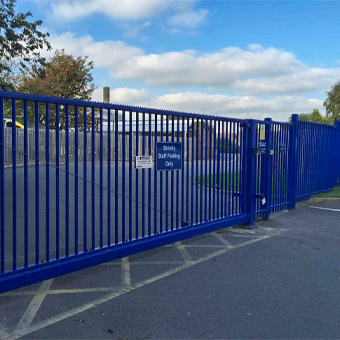
Automatic Gates at Schools
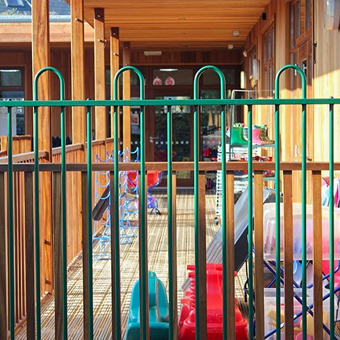
Best Practice for School Fencing and Gates
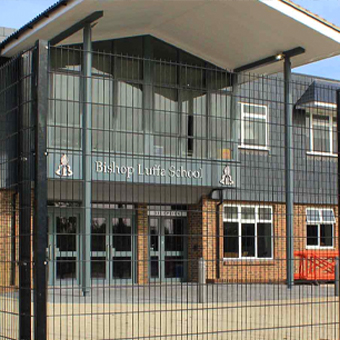
Choosing the Right Fencing in and Around School Grounds
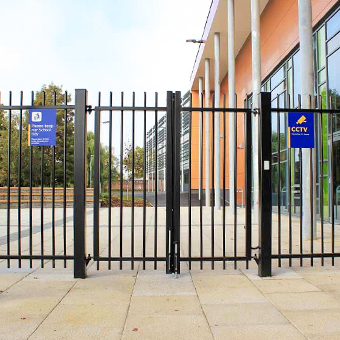
Creating a Safe and Secure School Environment

Is Your Playground Safe?
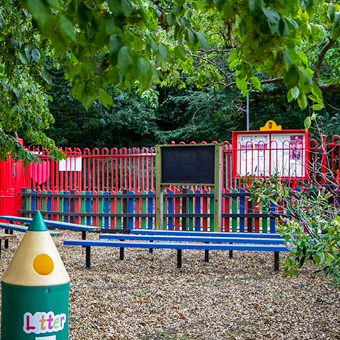
Outdoor Classrooms
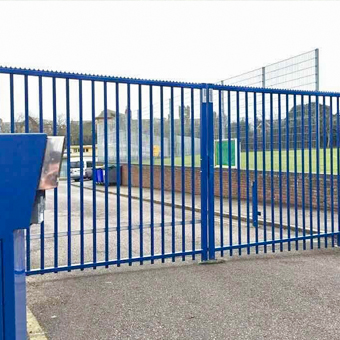
Playground Safety and Security
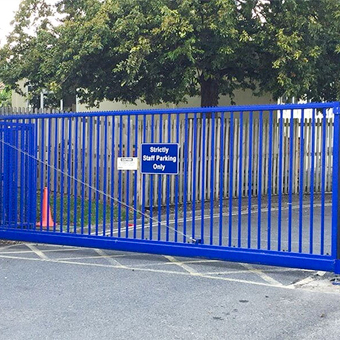
School Entrance Security Gates

School Safety and Security
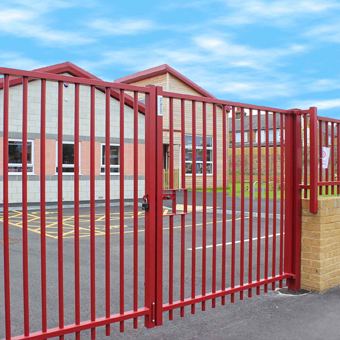
School Security - Its Beyond a Duty of Care

Sustainable School Fencing
Top
